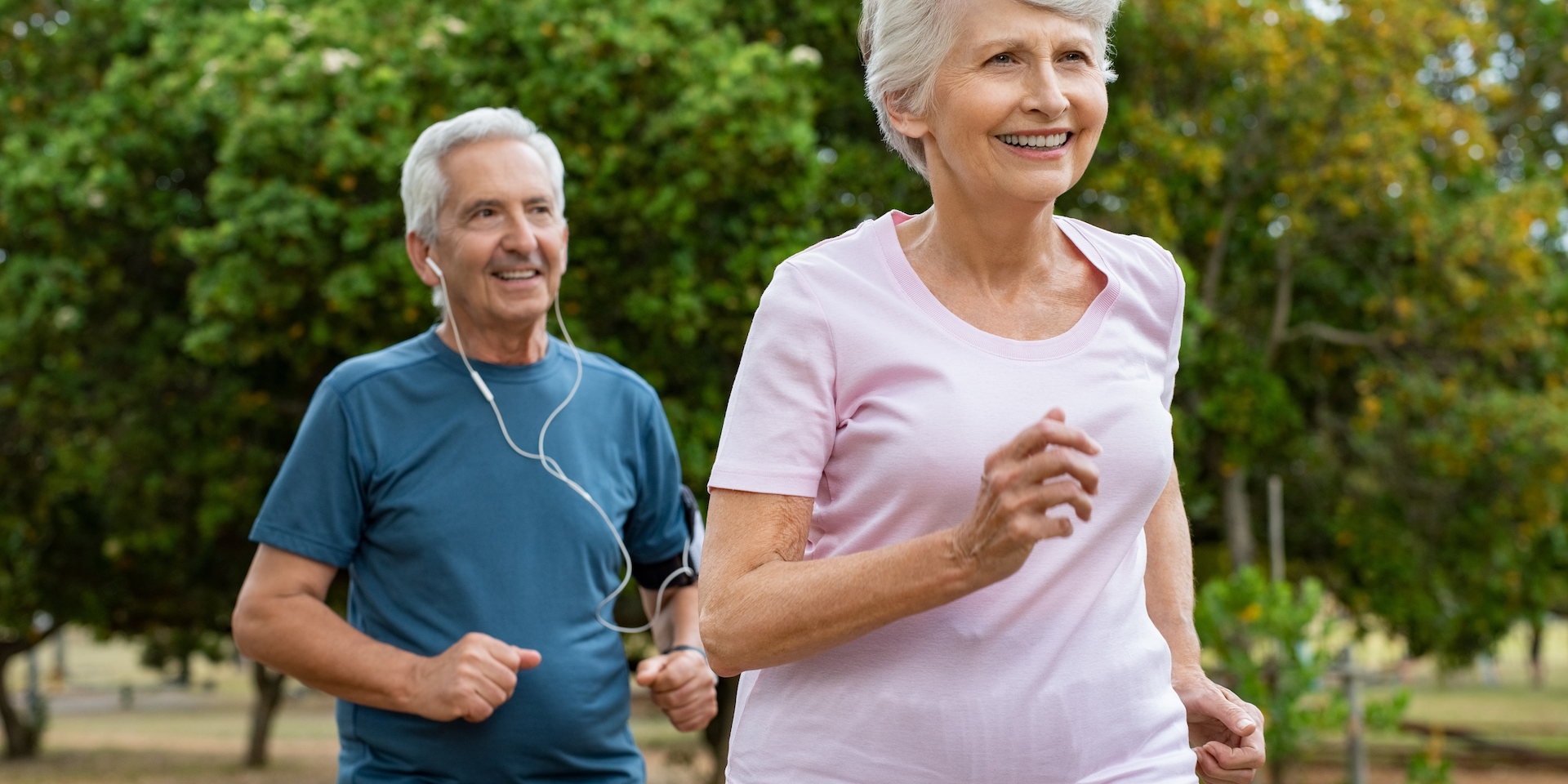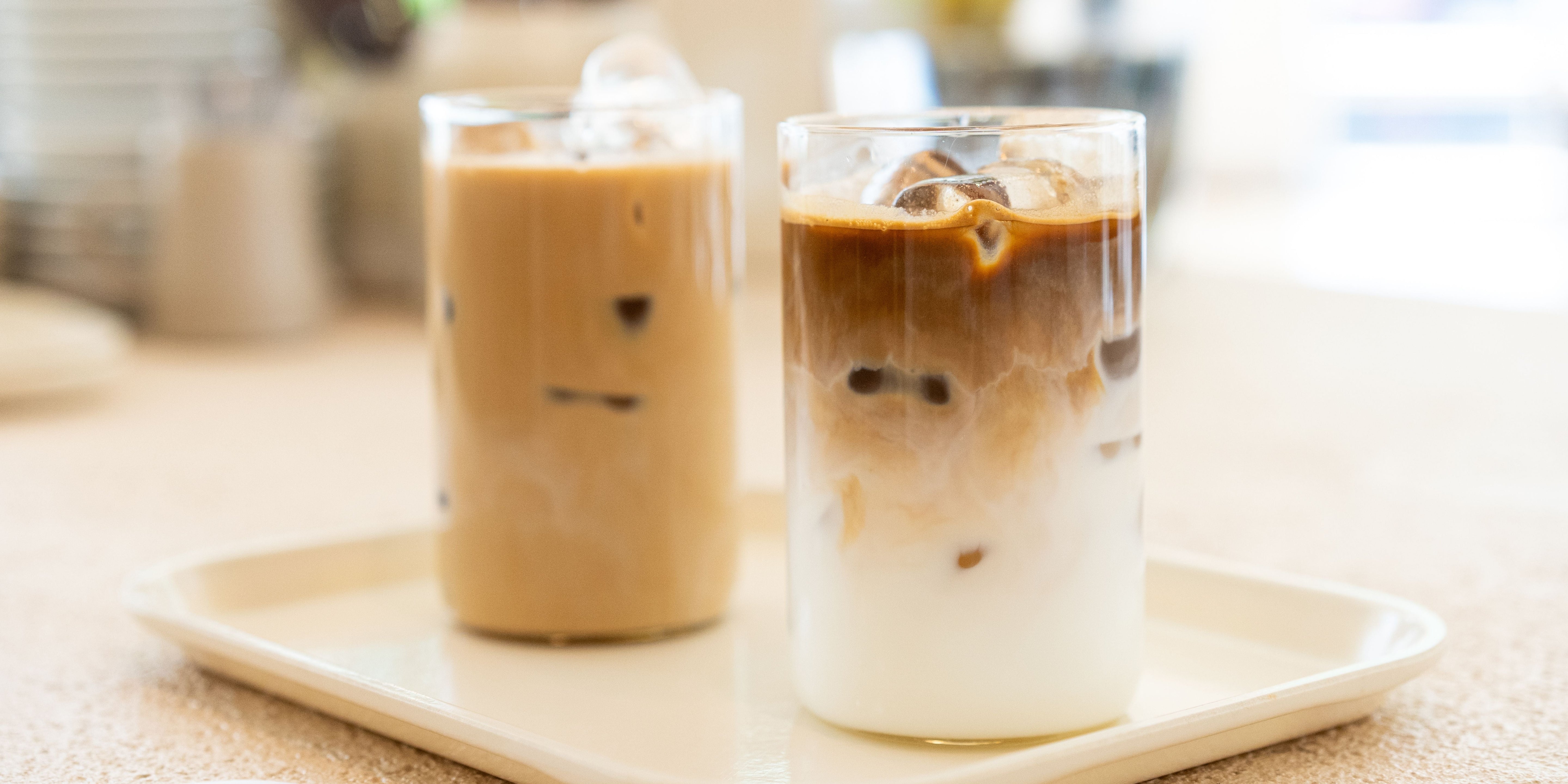Can you remember a time when you felt your best? When you felt free from chronic illnesses and the disabilities of aging? A time when you were full of energy, capable, and able to make the most out of all that life has to offer?
Healthspan is a different way to look at aging, and it’s different from lifespan.
Lifespan is based on our chronological age, and refers to, simply, the length of time we’re alive. It’s purely objective. It’s a number. Whereas healthspan is related to our biological age, and is about the life in our years, not the years in our life. It’s subjective. It’s about more than numbers.
The quest for longevity goes beyond lifespan. Sure, we want to live a long life. But more important is living a quality life. I don’t know about you, but I’d like to “Die Young As Late As Possible.”
The best way to increase your healthspan and reduce your biological age is to exercise. Longevity can be defined as this:
Optimizing Lifespan + Healthspan = Longevity (Source)
This blog will cover why exercise is the key to longevity.
Why Exercise Works for Longevity
“Aging is the aggressive pursuit of comfort.” -Gary Brecka
Our modern day world is built for extreme comfort. Smart phones give us easy access to anything we could imagine. Heated carseats make our vehicles even more comfy. Grocery delivery makes getting food even more convenient.
Gone are the days that we had to put in a physical effort to find or grow food, adjust the indoor temperature, or gather water. Our needs are now met with the touch of a button.
And most people, myself included, sit in front of a screen for a living. (Which reminds me, I should probably write the rest of this blog at my standing desk...)
The problem with the era of effortlessness is that humans are built to move, a lot.
Comfort By Way of Discomfort
Fitness
It’s not always easy to see strength improvements when you’re working out consistently, which is why I would do this “trick” with my personal training clients. If they got to a point where they felt discouraged about their progress, I would make them do one of their workouts from several months prior. But I wouldn’t have them repeat it as a workout, I would have them do it as their warm-up. When they finished, I’d tell them my secret, and of course it would lift their spirits. “No way!” they’d say. And I’d show them their old workout log to prove it.
Getting stronger to where what felt like a tough workout is now a simple warmup is an empowering kind of comfort. Because not only is that old workout easier, but think of all the other “life” things that now also come with more ease.
If longevity is an optimized lifespan and healthspan, then an increased capacity for performing tasks - whether it’s squats and deadlifts or carrying grandkids and groceries - is surely a factor.
Harder to Kill
Over 50% of all deaths in the U.S. are chronic disease-related: cancer, cardiovascular disease, and diabetes. Our life expectancy is determined by modifiable risk factors, and guess what? We can drastically reduce our chances of dying from chronic disease by modifying the risk factors involved.
Strength training can lead to a 40-70% reduced risk of stroke, heart attack, or heart disease-related death. Exercise also slows cognitive decline by increasing blood flow to the brain and helping maintain glucose homeostasis.
One of the best forms of prevention against brain-related disease, like dementia and Alzheimer’s, is exercise.
“If we look at resistance training and the neural pathways it creates, we’re seeing it really does help attenuate dementia and Alzheimer’s.” -Dr. Stacy Sims
Not only does exercise make us harder to kill by decreasing our chances of disease, it also makes us more durable.
“The greatest risk to longevity in the elderly is frailty. That’s why grip strength is tied to longevity.” -Gary Brecka
Strength, Balance, Mobility, Cardio Capacity
Regular physical activity can add seven years to your life. Age-related muscle loss begins around the age of 40, and unless we fight against it, can lead to a very limited life. Daily living becomes difficult or impossible if we aren’t strong or mobile enough to handle it.
Bone Density
Weight bearing exercise (weights, jumping, and plyometrics, for example) strengthens both muscles and bones.
There’s a high prevalence of hip fractures in the elderly. And the risk of mortality goes up significantly post-hip fracture due to loss of function, independence, and mobility, and an increase in depressive symptoms.
Decreased bone density ups the chances of hip fractures, so prioritizing exercise for bone strength is wise.
Independence
Lack of physical independence is uncomfortable. To echo Stacy Sims, it’s better to be the oldest person in the weight room, not the youngest person in assisted living.
If this time of your life feels more like a struggle span than a health span, it’s not too late. Start adding years to your life and life to your years today … with exercise.









Share:
Fueled: Eating to Support an Active Life
Master Your Blood Sugar with Fitness and Fuel